
Top 8 Cybersecurity Software
Discover the top 8 cybersecurity software solutions that protect against evolving threats while enhancing enterprise compliance and resilience.
Published on November 05, 2025
Last updated on November 26, 2025
Even the most advanced organisations face security gaps, from outdated software to misconfigured systems. Vulnerability management tools are essential for identifying, prioritising, and addressing these weaknesses before they become security incidents. By continuously scanning networks, applications, and endpoints, these platforms empower teams to maintain strong cyber hygiene and compliance.
With the rise of hybrid working and cloud adoption, vulnerabilities have become increasingly complex to manage manually. Automated vulnerability management platforms now form a cornerstone of effective risk and security management strategies, supporting faster remediation, smarter prioritisation, and improved visibility.
Below, we explore what vulnerability management tools are, what key features to look for, and the top platforms to consider in 2025.
Vulnerability management software is a security tool designed to identify, classify, and remediate weaknesses across IT assets, including servers, endpoints, cloud systems, and applications.
It supports organisations in maintaining security posture by automating the detection of known vulnerabilities, assigning risk scores, and streamlining the remediation process.
By providing continuous visibility into IT infrastructure, this software enables teams to prioritise the most critical threats based on exploitability and impact. Modern vulnerability management platforms also integrate with patch management and security orchestration tools, allowing security teams to act faster and more efficiently.
Selecting the right solution requires focusing on features that directly improve your ability to detect, assess, and respond to vulnerabilities efficiently.
The platform should provide automated, real-time scanning across your environment to identify vulnerabilities as they emerge. This ensures no security gaps remain undetected between scheduled scans.
Risk scoring based on exploitability, asset value, and severity helps teams focus remediation efforts where they matter most.
Integration with patch management, ticketing, and SIEM tools enables faster response. Automation streamlines detection-to-remediation workflows, reducing manual effort.
Modern infrastructures demand tools capable of scanning dynamic environments, including cloud workloads, containers, and serverless applications.
Comprehensive, configurable dashboards support compliance and audit requirements while providing real-time insights into vulnerability trends and remediation progress.
Mapping vulnerabilities to compliance frameworks such as ISO 22301, NIST, or PCI DSS ensures security measures align with regulatory obligations.
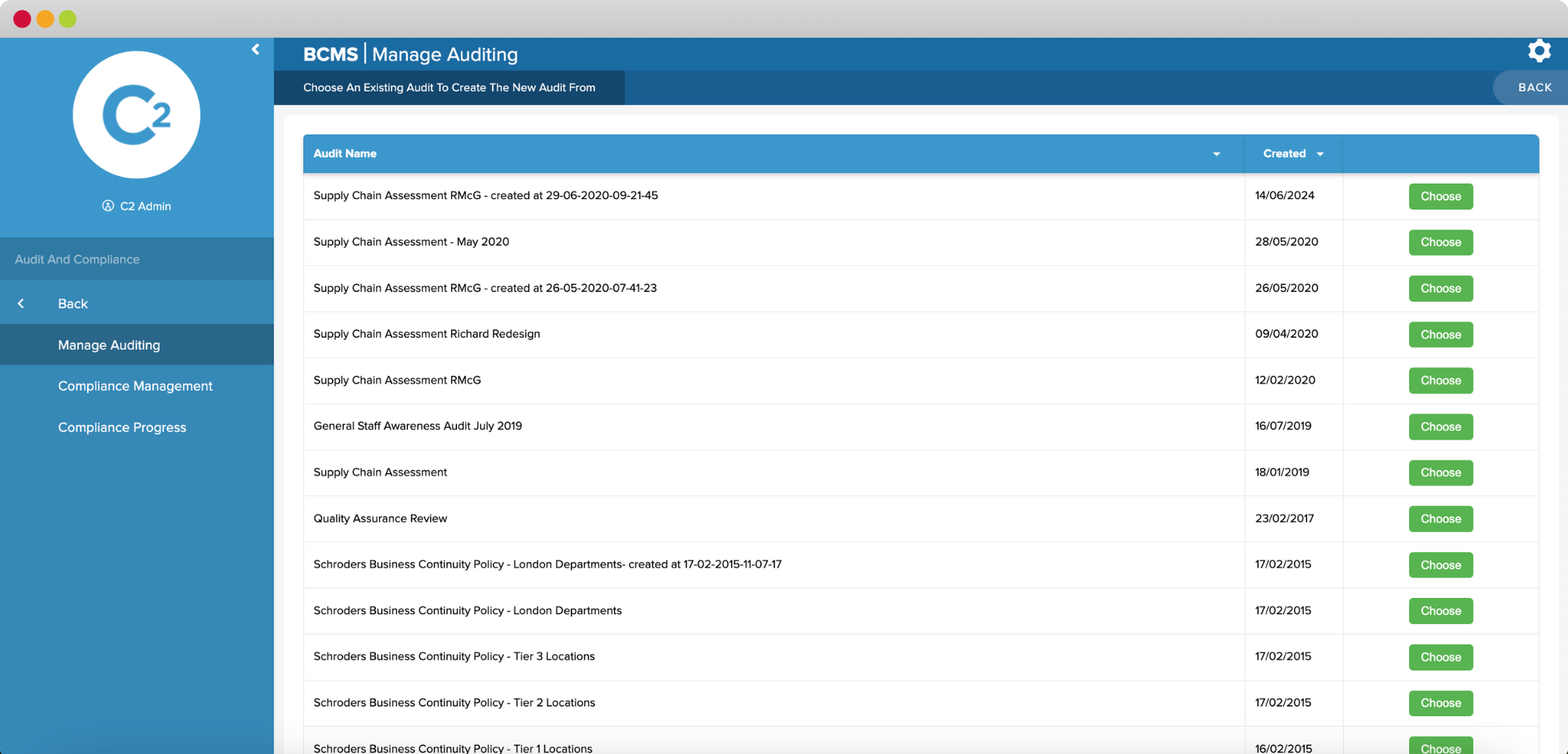
Continuity2 offers a comprehensive vulnerability and resilience management suite, designed to help organisations proactively identify, prioritise, and address system weaknesses before they escalate.
Its industry-leading automation and reporting capabilities ensure that risk owners always have up-to-date visibility of their infrastructure and potential exposures. By combining vulnerability management with operational resilience modules, Continuity2 allows security teams to link detected risks directly to business impact and continuity plans.
Key Features:
Best for: Organisations seeking an integrated approach to vulnerability, continuity, and resilience management.
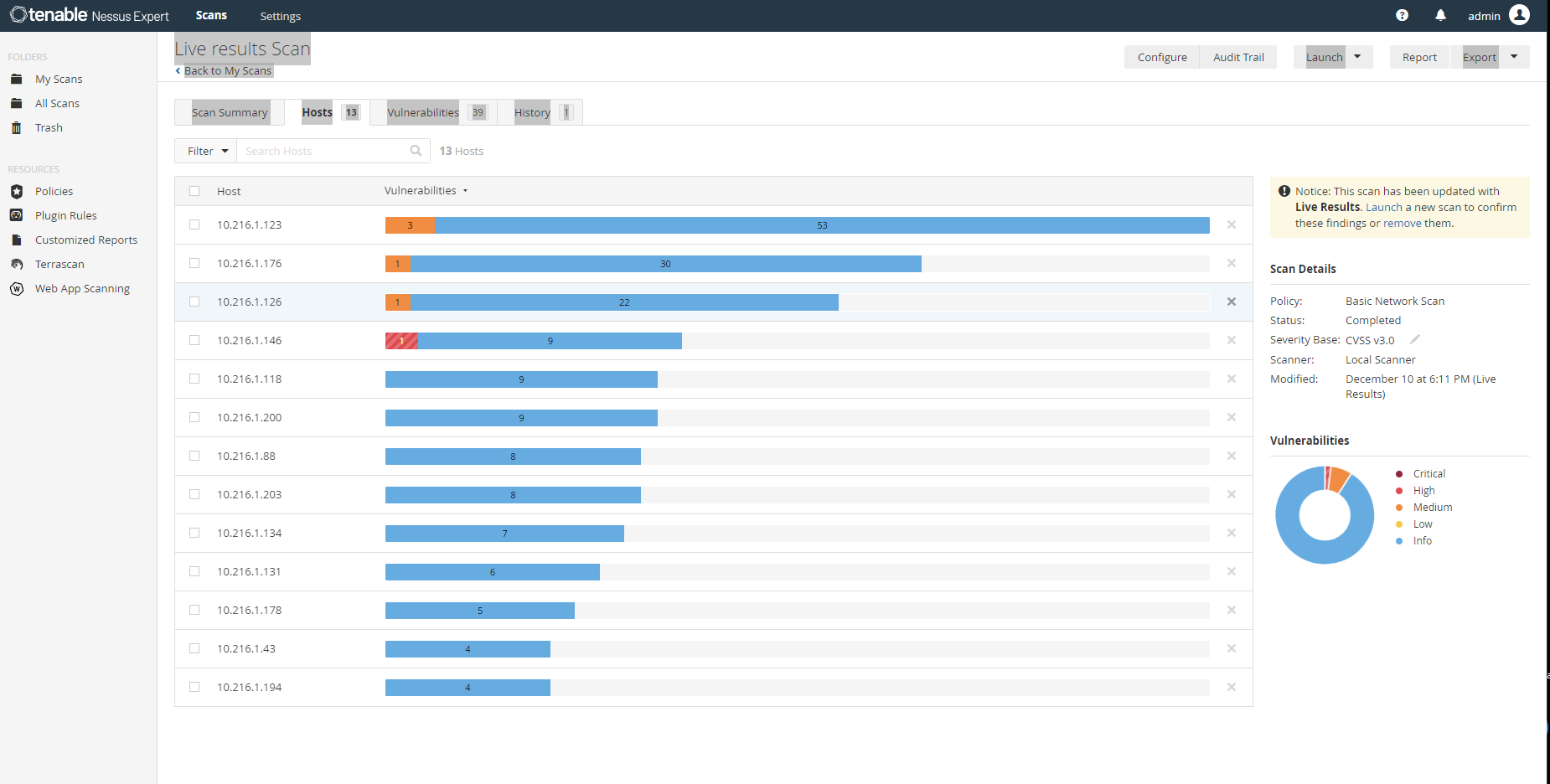
Tenable offers one of the most established vulnerability management solutions. Its Nessus scanner is widely regarded for accuracy and comprehensive coverage across IT assets. Tenable.io extends this capability into the cloud with continuous visibility and prioritisation across hybrid environments.
Key Features:
Best for: Enterprises requiring deep vulnerability intelligence and predictive analytics.

Qualys VMDR (Vulnerability Management, Detection, and Response) provides end-to-end visibility from asset discovery through to remediation. Delivered as a cloud-based service, it offers continuous monitoring and AI-driven threat prioritisation.
Key Features:
Best for: Large organisations seeking continuous monitoring with built-in remediation capabilities.
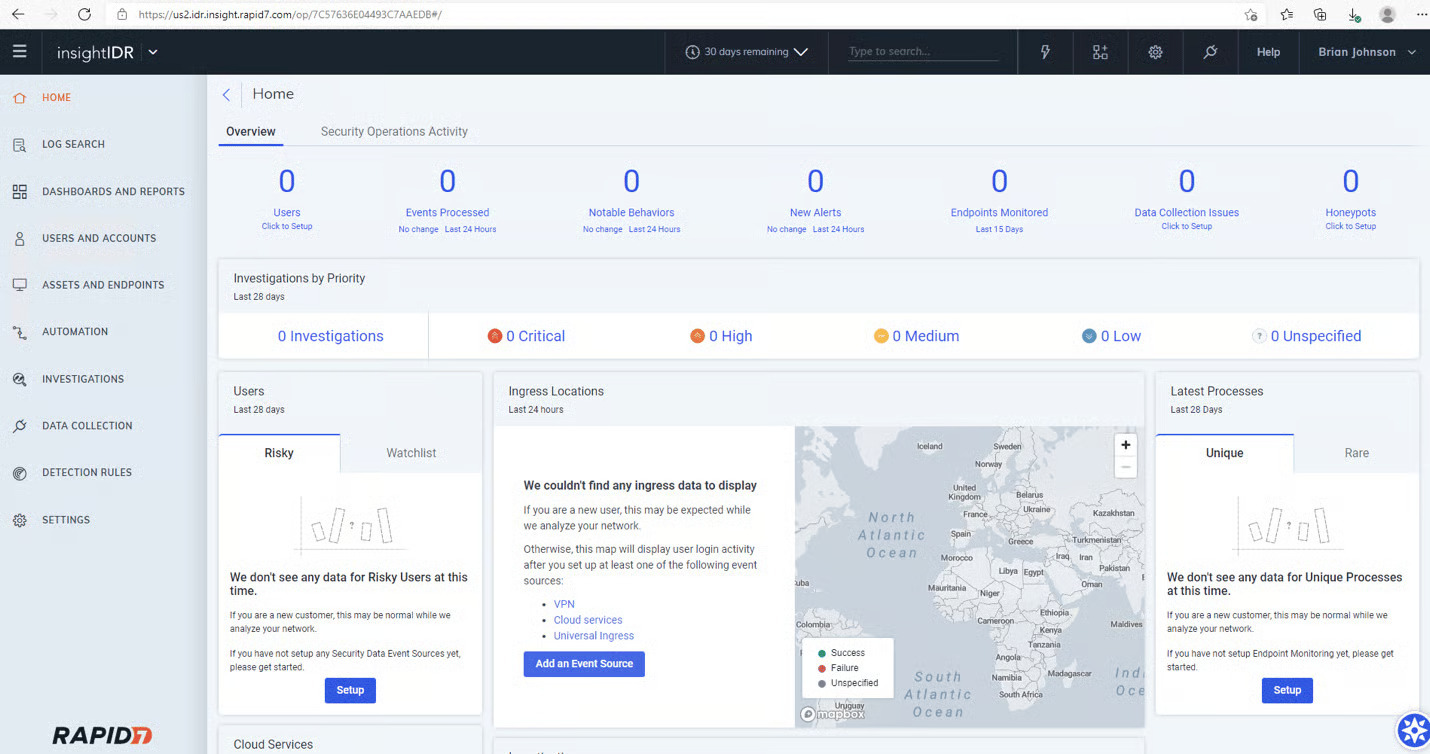
Rapid7 InsightVM provides live vulnerability data and analytics for hybrid and multi-cloud environments. It leverages the Insight Platform for correlation with broader threat intelligence.
Key Features:
Best for: Security teams that value actionable intelligence and collaboration features.
NinjaOne integrates vulnerability management into its unified IT management platform, offering efficient patching, automation, and reporting.
Key Features:
Best for: Managed service providers and mid-sized IT teams seeking centralised control.
Aikido Security provides developer-focused vulnerability management for code, containers, and cloud infrastructure. Its lightweight approach simplifies DevSecOps adoption.
Key Features:
Best for: Development-driven organisations looking for seamless security integration.
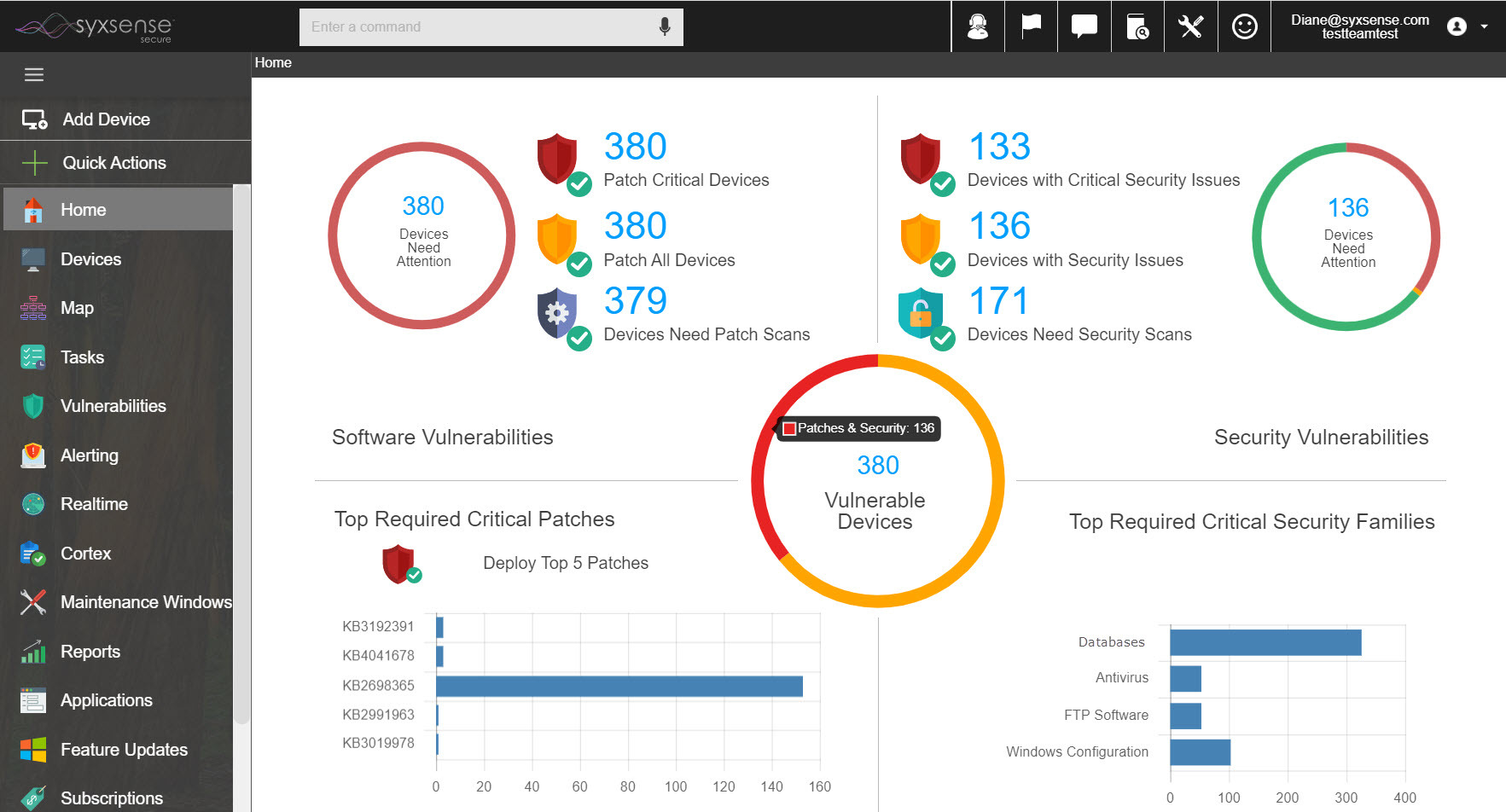
Syxsense combines vulnerability scanning, patching, and endpoint management into one cloud-based platform. It offers real-time visibility across on-premises and remote endpoints.
Key Features:
Best for: IT operations teams seeking unified vulnerability and endpoint control.
Orca Security focuses on agentless vulnerability and posture management for cloud workloads. It scans across AWS, Azure, and Google Cloud without disrupting performance.
Key Features:
Best for: Cloud-first organisations prioritising scalability and minimal overhead.
Vulnerability management software gives organisations the visibility, context, and automation needed to prioritise risks, accelerate remediation, and strengthen overall operational resilience.
Centralising all assets in one view provides a clear understanding of the organisation’s exposure. This visibility ensures that no endpoint, server, or cloud instance remains overlooked.
Modern solutions apply threat intelligence and business context to rank vulnerabilities, helping teams focus remediation efforts where they will have the greatest impact.
Automated reporting and compliance mapping simplify audits and demonstrate adherence to frameworks such as ISO 27001, GDPR, or PCI DSS.
Automation shortens the time from detection to resolution, reducing the window of exposure and minimising manual workload for IT teams.
By linking vulnerabilities to continuity and resilience plans, organisations can safeguard not just systems but also the critical business processes that depend on them.
Addressing vulnerabilities is not just a technical task; it’s a critical component of organisational resilience. By adopting vulnerability management software that integrates automation, analytics, and compliance mapping, security leaders can strengthen defences while aligning with strategic business continuity goals.
Book a Demo with Continuity2 to see how our integrated resilience and vulnerability management solutions can help your organisation strengthen security, maintain compliance, and protect critical operations.
Founder & CEO at Continuity2
With over 30 years of experience as a Business Continuity and Resilience Practitioner, Richard knows the discipline like the back of his hand, and even helped standardise BS25999 and ISO 22301. Richard also specialises in the lean implementation of Business Continuity, IT Service Continuity and Security Management Systems for over 70 organisations worldwide.


Founder & CEO at Continuity2
With over 30 years of experience as a Business Continuity and Resilience Practitioner, Richard knows the discipline like the back of his hand, and even helped standardise BS25999 and ISO 22301. Richard also specialises in the lean implementation of Business Continuity, IT Service Continuity and Security Management Systems for over 70 organisations worldwide.

Discover the top 8 cybersecurity software solutions that protect against evolving threats while enhancing enterprise compliance and resilience.

Explore the top 8 Occupational Health and Safety (OHS) software platforms that streamline compliance, reduce risk, and build safer, more resilient workplaces.
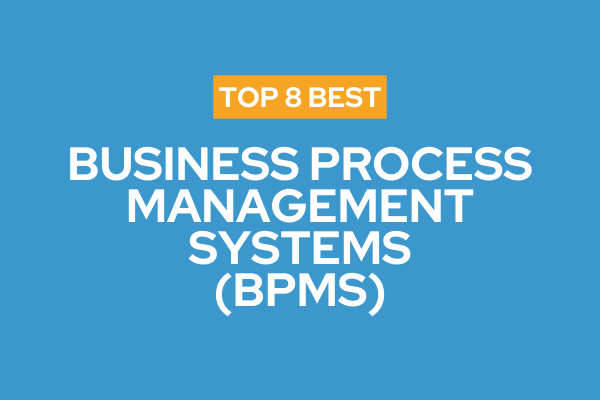
Discover essential tips for selecting the best business process management software tailored to your needs. Read the article to make informed choices.
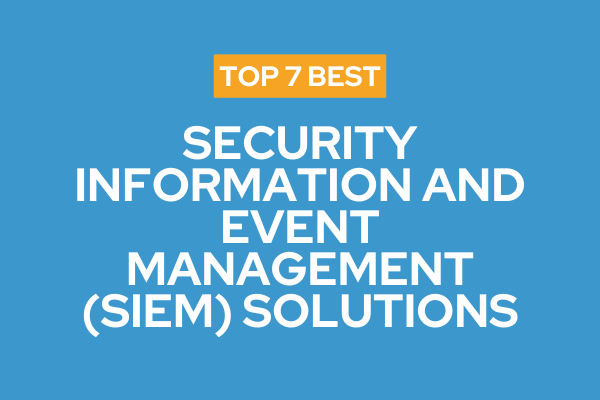
Find the best SIEM tools to detect threats faster, automate incident response, ensure compliance, and strengthen your organisation’s cyber resilience.
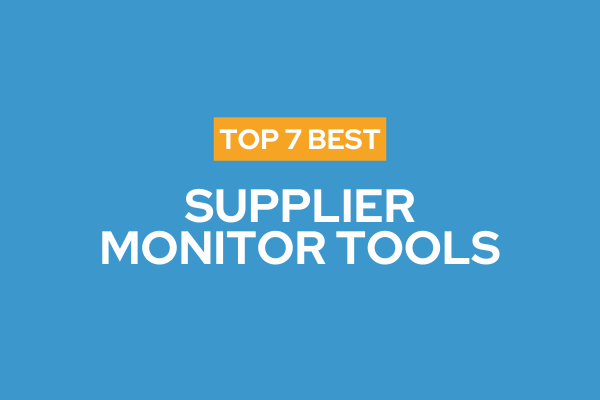
Compare the top supplier monitoring tools of 2025 and find the right software to enhance supplier visibility and protect your supply chain.
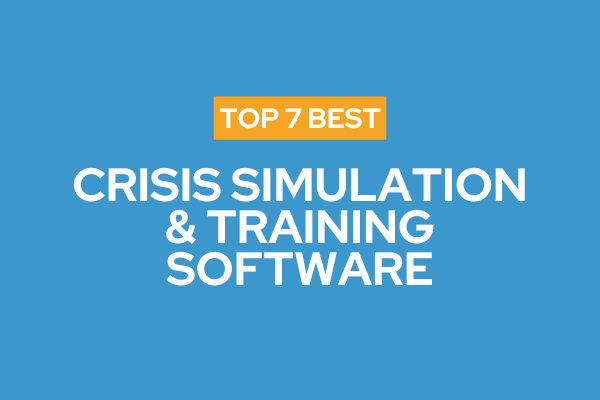
Enhance your crisis management skills with effective simulation software. Learn how to improve preparedness and respond confidently in your organisation.
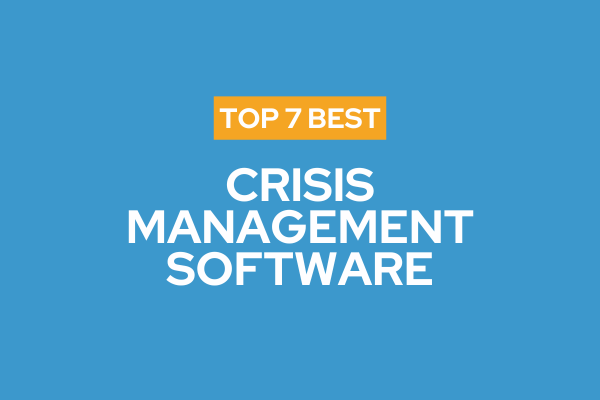
Compare the top 7 crisis management software—tools that centralise response, speed communication, automate workflows, and improve audit-ready reporting.

Explore the top 7 resilience analytics and simulation tools that help organisations predict disruptions, ensure compliance, and strengthen recovery readiness.
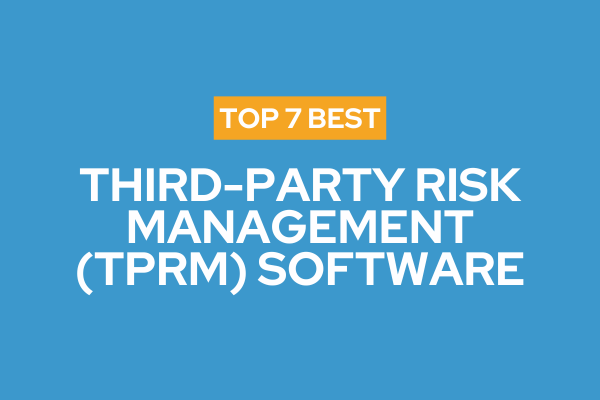
Explore the best third-party risk management software to automate vendor assessments, track compliance, and reduce exposure across your supply base.